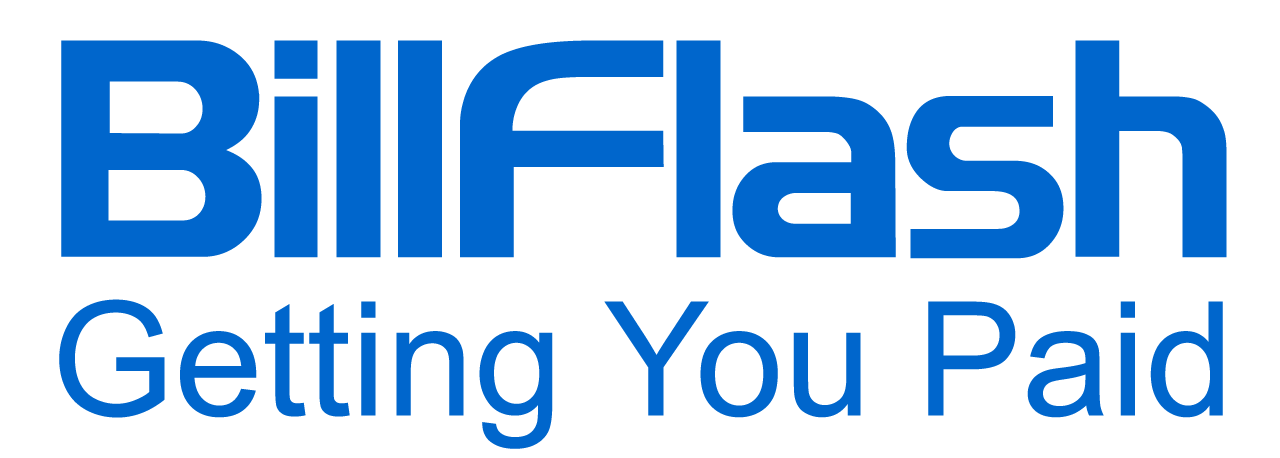Learn more about revenue cycle optimization strategies and how these can benefit your medical practice's revenue in the long run.
RCM or revenue cycle management is used in healthcare to track patient revenue from their initial appointment to the final payment. Revenue cycle optimization aims to reduce inefficiencies and help the organization avoid losing access to reimbursement while improving the overall patient experience. Revenue is a matter close to the heart of any medical practice owner or facility operator. Completing this cycle depends on collaboration between all three parties: the medical provider, the patient, and the insurance company.
RCM plays a core role in optimizing healthcare facilities' financial health and operational efficiency. If you're looking for ways to start the optimization of your revenue cycle management process, each of the following five techniques can offer useful insights and operational benefits.
1) Streamlining Patient Registration and Scheduling
The best place to start is at the beginning. The first step of the revenue cycle is a patient's appointment, followed by all further check-ups and treatments they may require to address their health problem. You can improve the patient experience and optimize the opening of each revenue cycle by streamlining patient registration and scheduling.
New patients should have an easier time registering, while all patients should find scheduling – and changing their schedule – to be a breeze. This will make your practice more welcoming and remove barriers that might otherwise stop patients from booking.
- Implementing electronic patient registration can help patients quickly enter and edit their data. No more pen scratch-outs, and easy access to previously saved information. Many doctor's offices now offer tablets instead of clipboards. They also provide a secure patient portal where patients can pre-fill their registration details before their appointments.
- Easy digital registration forms also make it easier to ensure the accurate collection of patient demographic and insurance information. Include emails that help patients send in their info from home, where all their information is more readily available.
- Easy scheduling software can help patients book appointments at times that work best for them. This includes the ability to change appointment times smoothly when something comes up. Remove the stress and the need for a phone call, and patients will schedule medical services more freely.
- Automating appointment reminders will increase patients' ability to make it to appointments on time. Day-before, morning-of, and hour-before reminders can help patients arrive ready and on time, even when life is distracting.

2) Enhancing Coding and Documentation Accuracy
Another important strategy for revenue cycle optimization is enhanced coding and document accuracy. Once patients have stepped into the revenue cycle, it's up to your team to keep accurate records which will be used to complete the insurance billing stage. Coding and documentation accuracy are essential to minimize insurance denials and other unnecessary friction in the revenue cycle.
Start by providing comprehensive staff training on coding guidelines. Everyone should be clear on exactly what information to collect and how to record it. Clarity, and the ability to remind and audit one another, will foster an internal culture of coding accuracy.
You also don't have to do all the coding by hand. Make use of the latest software technology to automate coding based on patient information and the medical services rendered.
From there, RCM best practices suggest regular documentation audits. This will help quickly identify and fix any errors before they cause a delay further along in the cycle.
3) Improving Claims Submission and Management: Software & Outsourcing
Revenue cycle optimization also involves improving claims submission and management. Claims submission has long been a tedious and challenging process for medical providers, but no more. Now it is possible to leverage electronic claims submission to achieve faster processing. This can restore hours of useful time each month for your medical staff.
Software
This can give you the power to conduct regular claims scrubbing, which will help to catch errors before submission. Common errors that software can catch include missing or illogical data, which can be quickly fixed based on electronic records to ensure a claim has the best possible chance of approval.
From there, you can track the status of each claim through a comprehensive dashboard. Claims status tracking provides the tools to quickly identify and address delays. This way, your revenue cycle experiences minimum setbacks, even during the typical claims issue rectification process.
Outsourcing
Outsourcing your revenue cycle management offers a strategic advantage, significantly boosting the efficiency and effectiveness of your healthcare practice. By entrusting this vital function to a specialized team, you guarantee that every claim receives detailed attention from billing professionals well-versed in coding and compliance regulations. This meticulous scrutiny greatly minimizes the risk of denials, surpassing what typical claims scrubbing software can detect.
Opting for a reputable Revenue Cycle Management service equips you with a dedicated team poised to uncover and rectify any revenue leaks, enhance billing cycle operations, and handle daily claims management to secure prompt insurance reimbursements. This refines the billing process and expedites the rate of reimbursements, ensuring your practice's financial well-being remains strong.
Outsourcing also frees up your internal resources. It allows your staff to focus more on patient care and less on the complexities of billing regulations and compliance issues. This optimizes operational efficiency and improves overall patient satisfaction.

4) Maximizing Revenue Through Denial Management
When insurance claims are denied, this often requires the claim to be revised and re-submitted. While traditionally time-consuming, the right software makes it possible to design a robust denial management process that runs automatically without generating stress or using up the valuable time of your team members.
You can analyze denial trends and address root causes, such as common mistakes or perhaps a simple data format difference between your internal systems and what the claim processor expects.
From there, you will be able to swiftly and efficiently implement a proactive appeal process for denied claims to maximize reimbursement and revenue for your practice.
5) Optimizing Accounts Receivable Management
Lastly, revenue cycle optimization involves optimizing your practice's accounts receivable management. Medical practices frequently struggle with managing accounts receivable. About 83% of physicians cite that one of their greatest challenges is the timely collection of payments from patients. But there are steps you can take to help drive faster patient payments:
- Implement clear and consistent billing policies. This helps your patients understand their financial obligation upfront, and when payment is expected.
- Offer convenient payment options for patients. Providing a variety of payment methods, including in-office, phone, check, and online payments, alongside flexible payment plans, can significantly boost payment timeliness by accommodating diverse patient preferences.
- Use automated payment reminders. Automated payment reminders can significantly improve the timeliness of patient payments. By sending reminders through email, SMS, or automated calls, medical practices ensure patients are promptly notified about balances due, reducing the burden of manual tracking.

Take Charge of Your Revenue Cycle
Revenue cycle optimization is essential for enhancing your medical practice's financial health. By improving claims accuracy, swiftly addressing denials, and enhancing overall patient experiences, your practice stands to significantly boost its revenue and efficiency. Implementing these RCM strategies maximizes reimbursements and minimizes financial losses from delayed payments and unresolved claims.
For a deeper dive into how the BillFlash suite of services can revolutionize the financial health of your practice, schedule a demo today!

